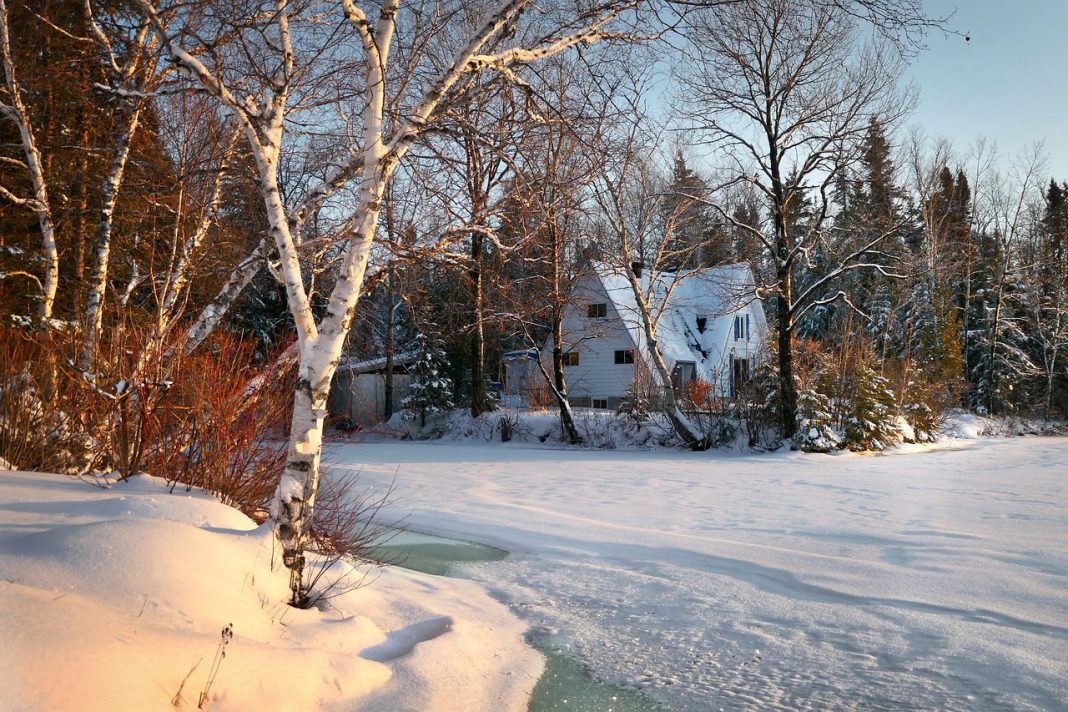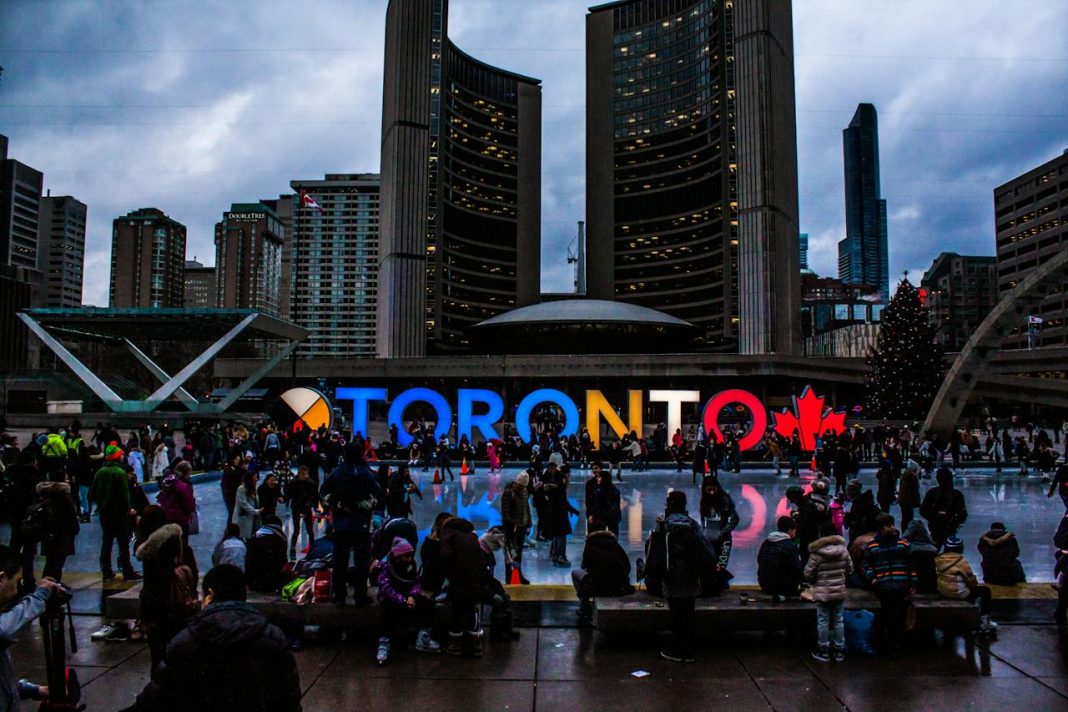Sustainable Communities in Canada | Greener Ideal

Welcome to a fresh perspective on living spaces! Today, we’re exploring how Canada is reimagining the concept of ‘home’ by weaving sustainability into the very fabric of its communities. This isn’t just about houses, it’s about creating environments that nurture both people and the planet.
What Are Sustainable Communities?

Imagine a neighborhood that not only looks good but also does good. Sustainable communities in Canada are just that — places designed to be in harmony with nature. They’re about more than just green spaces, they’re about a lifestyle that respects and protects our environment.
Imagine strolling through neighborhoods adorned with solar panels, witnessing local gardens brimming with fresh produce, and feeling the collective pride in reducing our carbon footprint. But sustainability goes beyond just eco-friendly practices. It extends to fostering a sense of community. Picture farmers’ markets buzzing with activity, where residents support local businesses and savour the fruits of their community’s labor. Shared spaces like community gardens and recreation areas connect neighbors together, encouraging a strong sense of belonging.
What Makes a Community Sustainable?
Let’s check the points that make communities sustainable:
Environmental Responsibility
It’s fascinating to see how sustainable communities put the environment at the forefront. It’s not just about planting trees or having parks — although those are great — it’s about a deeper commitment. This includes using renewable energy (like solar panels and wind turbines), reducing waste (through comprehensive recycling programs, composting organic waste, and promoting the use of products with minimal packaging), and making choices that help keep our air and water clean. It’s like giving back to the planet as much as we take.
Economic Stability
These communities also understand that a healthy environment needs a healthy economy. They focus on creating jobs that don’t harm the planet. This could mean supporting local businesses that practise sustainability or creating green job opportunities. It’s about ensuring that the community’s economy can stand strong over time, benefiting everyone who lives there.
Social Equity
Another piece of the puzzle is ensuring everyone in the community has access to what they need to live a good life. This means fair access to healthcare, education, and even leisure activities. It’s heartening to see communities where diversity is celebrated and inclusivity is a given, not an afterthought.
Smart Urban Planning
Today’s communities are designed so you can walk or bike to most places. Public transport options are plentiful and well-planned. It’s about reducing our reliance on cars and making our daily commutes more enjoyable and less polluting.
Local Food Production
There’s something special about eating food that was grown close to home. These communities often have spaces for growing food like community gardens, which not only provide fresh produce but also bring people together.
Community Engagement
Sustainable communities thrive on the ideas and participation of their residents. It’s about having a say in how things are done and being part of the decision-making process. This kind of involvement makes sure the community reflects the needs and wishes of the people who live there.
Prioritizing Health and Well-being
The health and happiness of residents are always front and center. This is reflected in the clean environment, the availability of green spaces for relaxation and play, and the general emphasis on a healthy lifestyle.
Furthermore, these sustainable communities are not just local endeavors but emblematic of a larger national commitment to a greener, more inclusive future. They serve as microcosms, reflecting the evolving ethos of Canada’s approach to harmonizing human habitation with ecological preservation.
A notable shift in real estate dynamics emerges as homebuyers actively prioritize residences integrated with sustainable features, redefining the essence of buying a home. The allure of a home extends beyond just its physical structure; buyers now seek residences nestled within eco-friendly neighborhoods that offer more than convenience—they seek spaces that echo their values of environmental responsibility and community well-being.
The demand for homes equipped with renewable energy sources, energy-efficient designs, proximity to green spaces, and access to community-driven initiatives reflects a profound shift in what is deemed desirable in the real estate market. This shift not only speaks volumes about evolving consumer preferences but also signifies a growing societal consciousness regarding the importance of sustainable living practices.
Canada’s Transition to Sustainable Living

Have you ever taken a moment to really look around and absorb the dynamic transformation unfolding in the heart of Canadian towns and cities? Let’s check how its communities have become sustainable:
Eco-Friendly Urban Planning
It’s a remarkable era where our urban landscapes are no longer mere conglomerations of concrete. We’re witnessing a paradigm shift in urban planning. This revolution is not only about erecting buildings and paving roads.
Imagine neighbourhoods designed with the Earth in mind — using materials that are eco-friendly and creating neighbourhoods that encourage you to stroll or pedal through them, slicing down our reliance on cars and their emissions. It’s a vision of urban spaces that harmonize with nature, transforming our cities into green spaces.
Sustainable Practices in Daily Life
Our daily life changes as well. How? Well, having solar panels on our rooftops has become a common thing. Recycling bins have become as commonplace as mailboxes. And there’s a newfound reverence for the water that flows from our taps. It’s like we’ve all realized that our daily choices really matter in taking care of our planet.
Addressing Environmental Concerns
On the national stage, Canada is not just participating in the environmental dialogue, it’s leading the charge. There’s a strong effort to reduce greenhouse gases, protect our natural areas, and support the variety of plants and animals. It’s more than just words — Canada is actively working to combat climate change and preserve nature’s many wonders.
Focus on Social Equity
You know, when we think about making our communities sustainable, it’s not just about the green stuff – it’s also about making sure everyone feels at home. We’re dreaming big here: neighbourhoods where a home isn’t a pipe dream, where healthcare is something everyone can count on, and where schools open doors to brighter futures for every kid, no matter their background. It’s all about creating places that are not only friendly to the planet but also to the people living on it.
Economic Growth with a Green Touchy
This move toward sustainability is not only good for the environment, but it also stimulates the economy. The green economy is here to stay and is no longer a far-off ideal. Investing in green technologies is about more than just protecting the environment, it’s also about opening up new business opportunities, generating employment, and setting Canada up to become the world leader in the green economy.
As we discussed Canada’s shift towards sustainability, it becomes evident that this transformation transcends environmental initiatives. It represents a holistic, forward-thinking approach to living, where environmental sustainability, social equity, and economic growth are intertwined. Canada’s journey towards sustainable communities is not just about greening spaces but is a powerful testament to the potential of collective will and innovative thinking in crafting a future that benefits all.
Read More